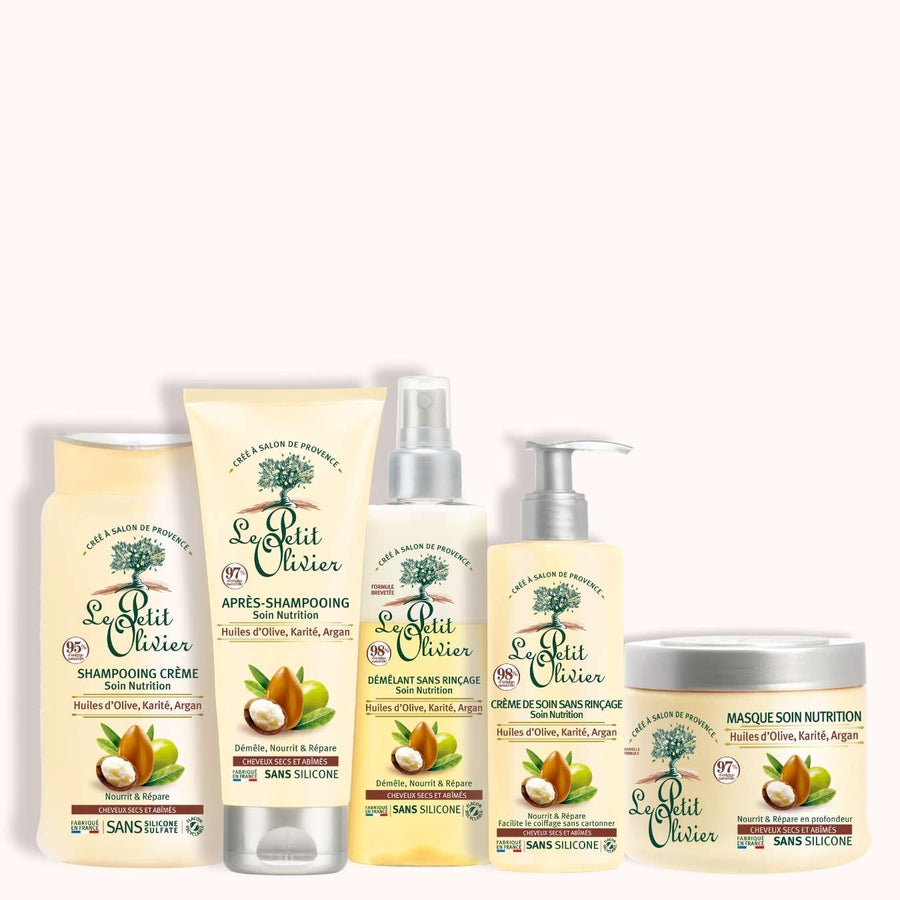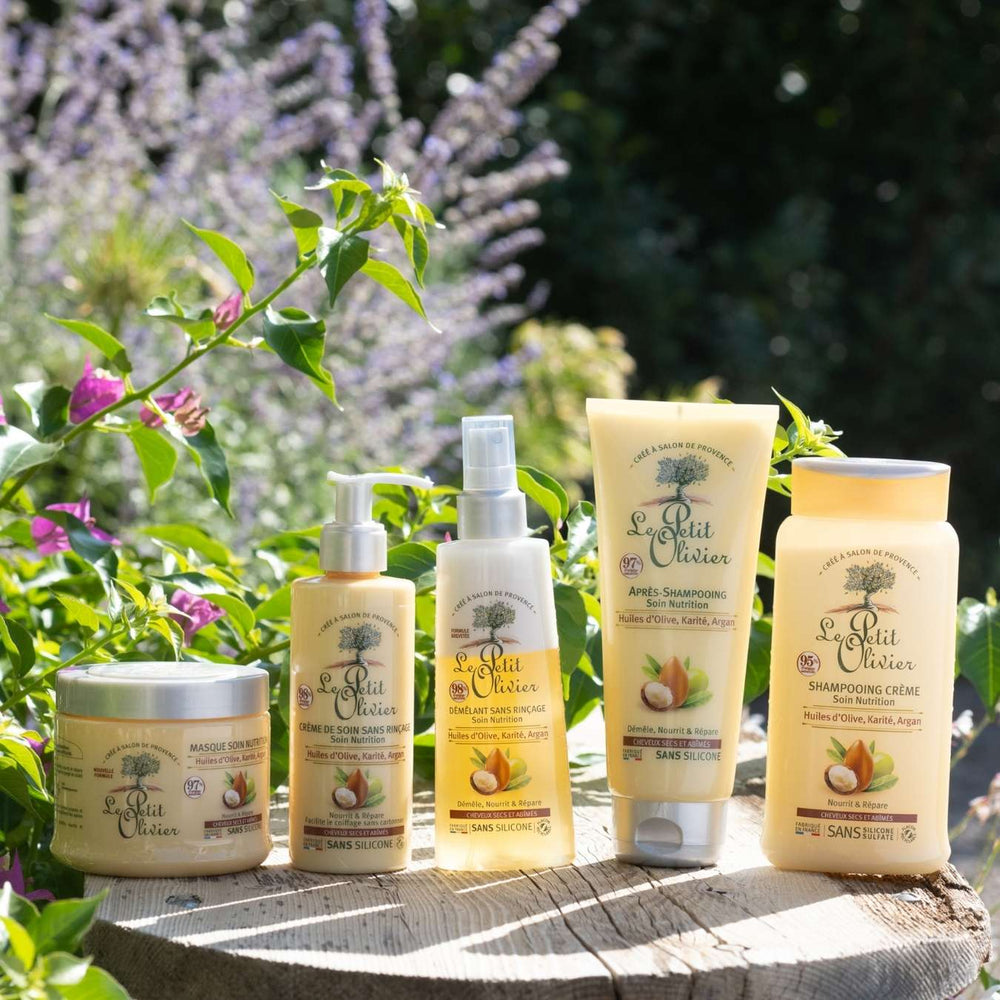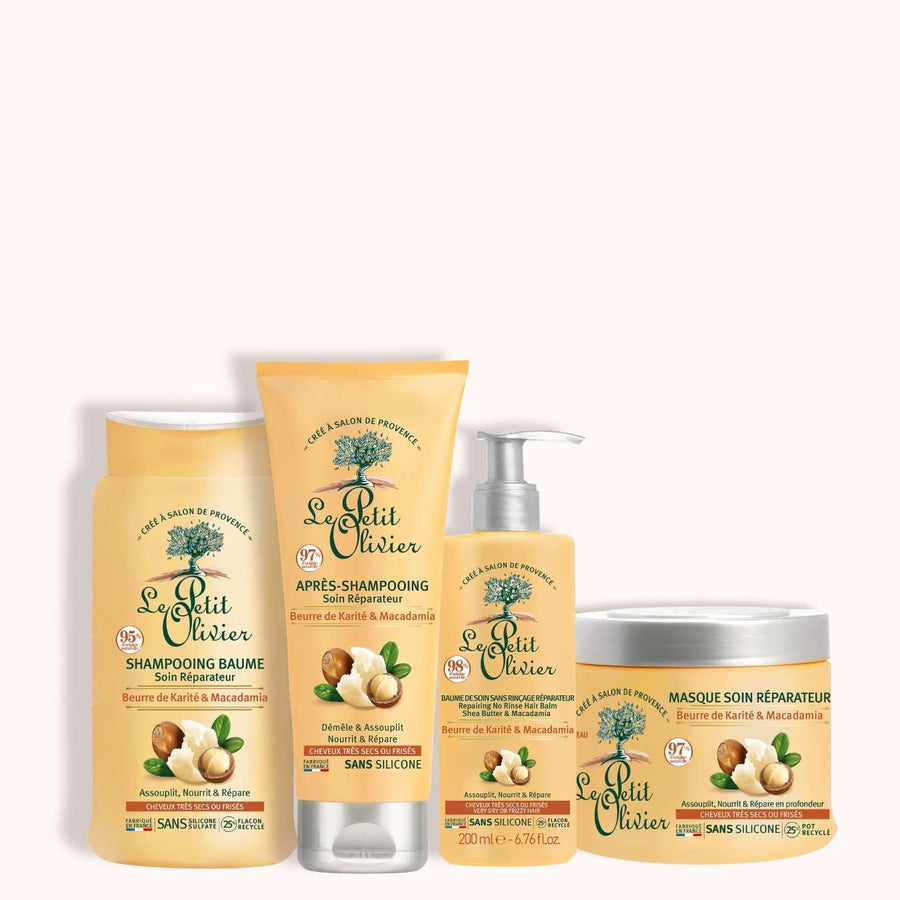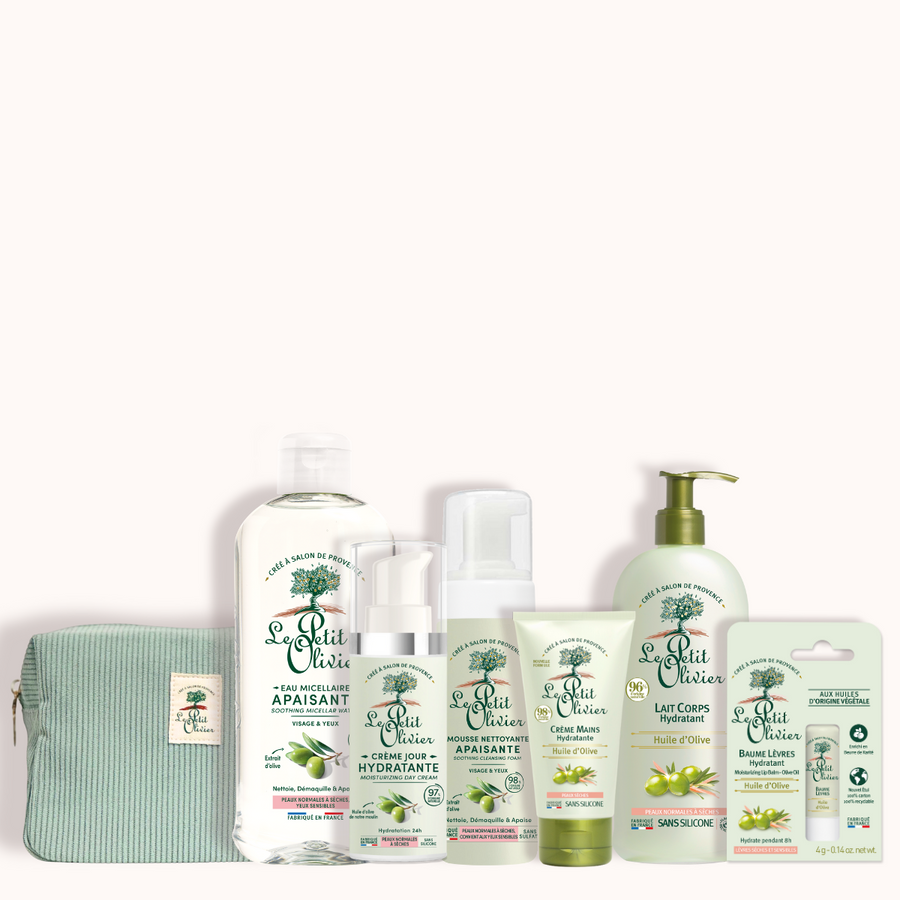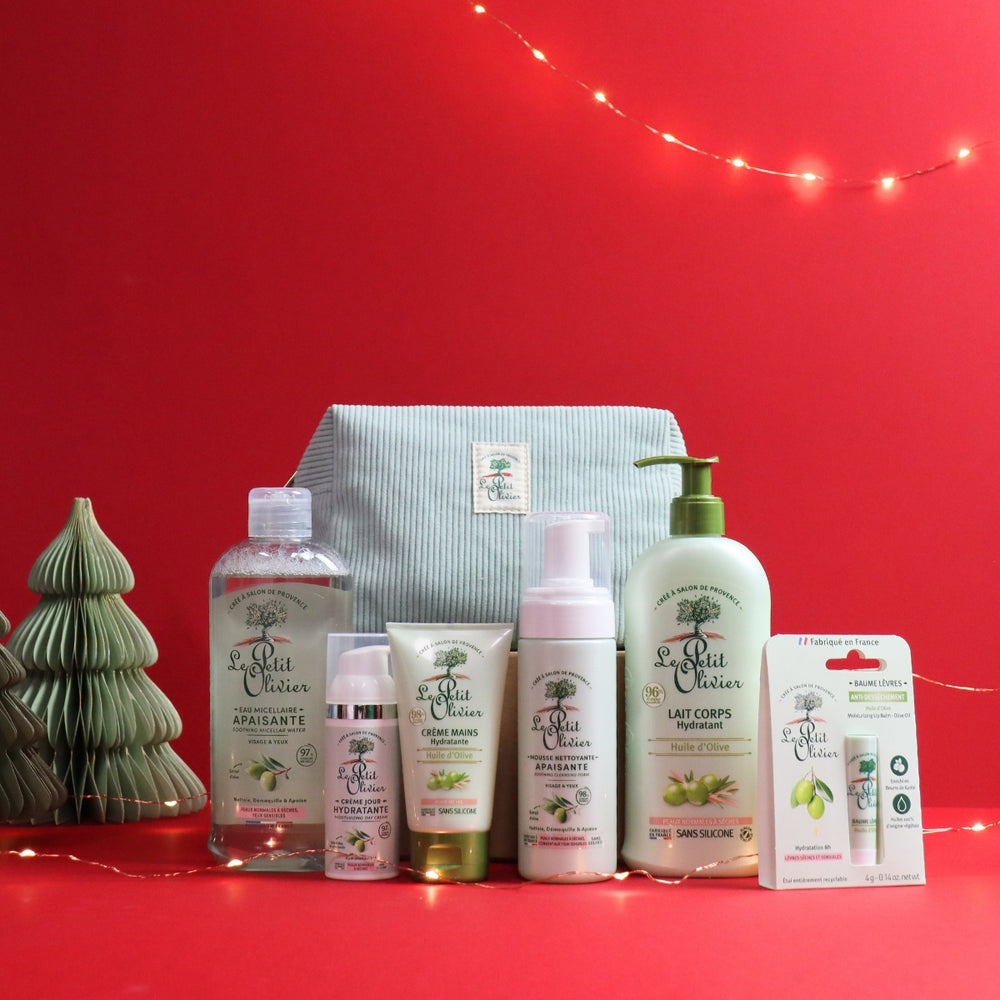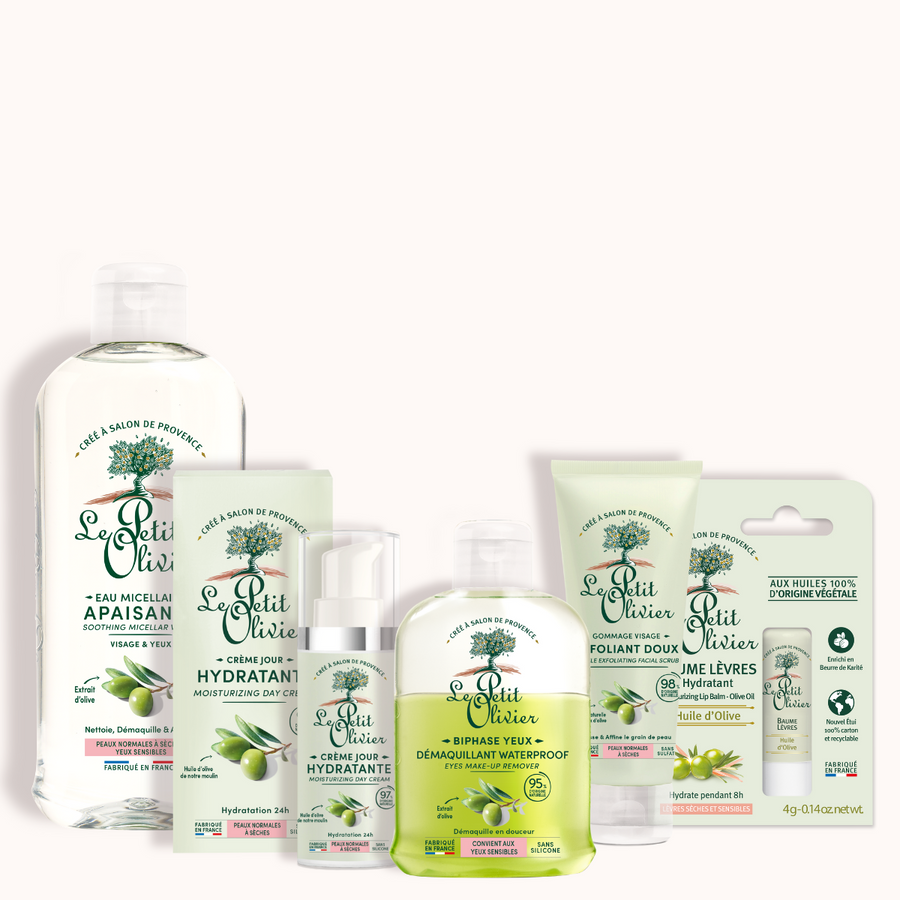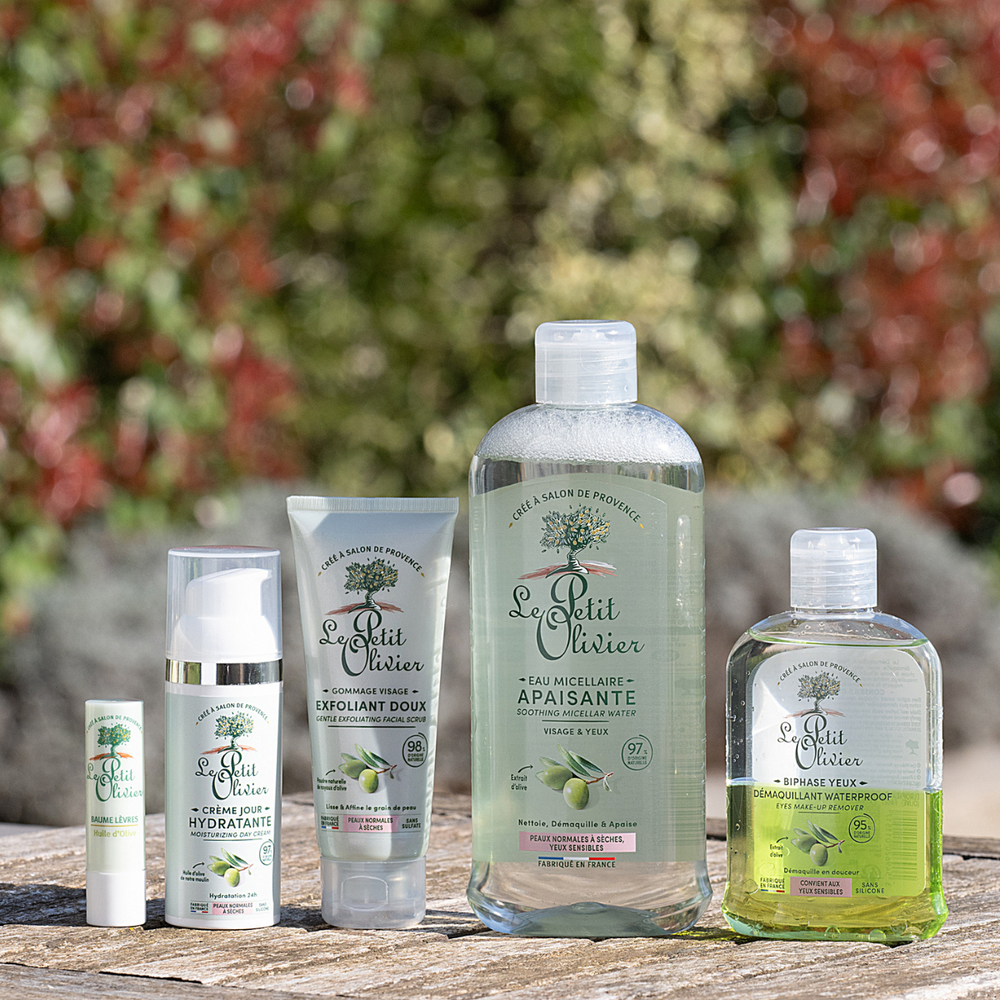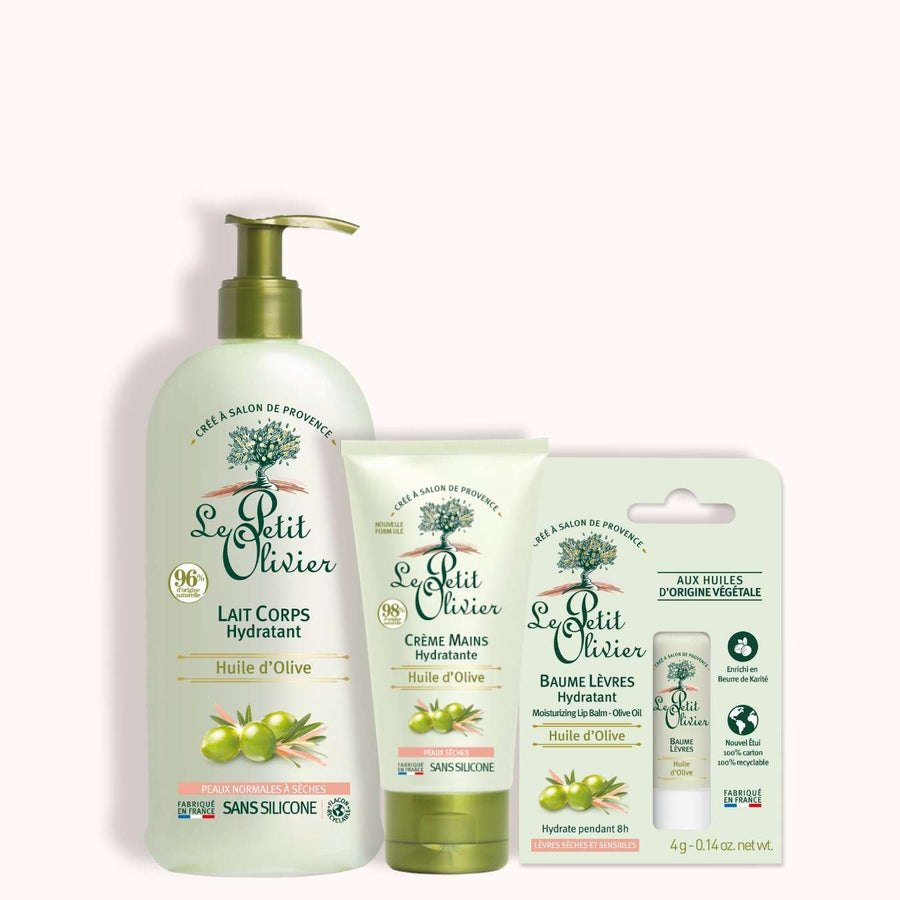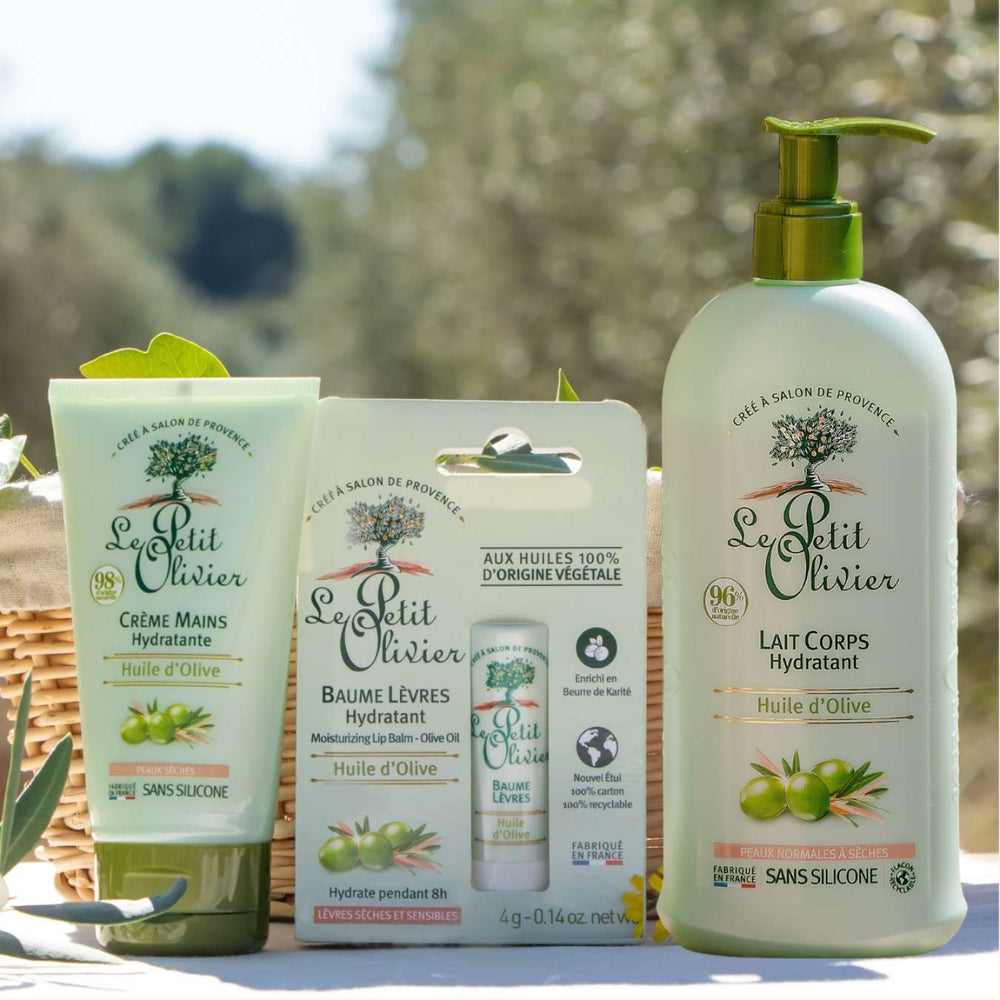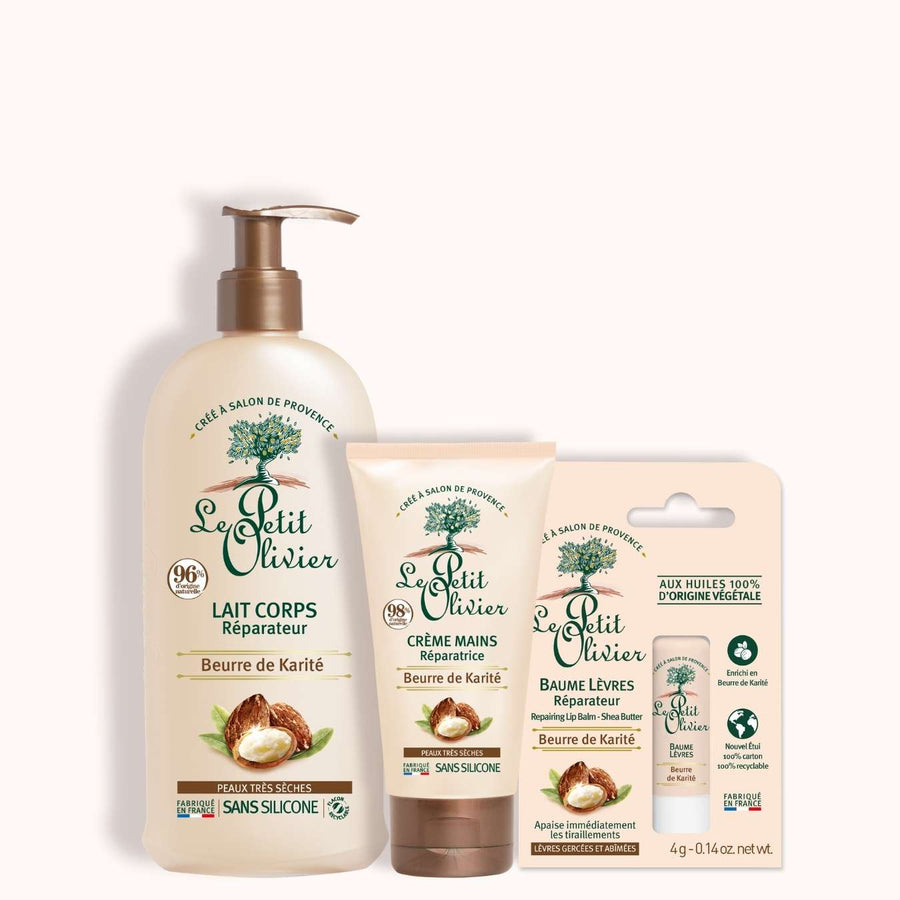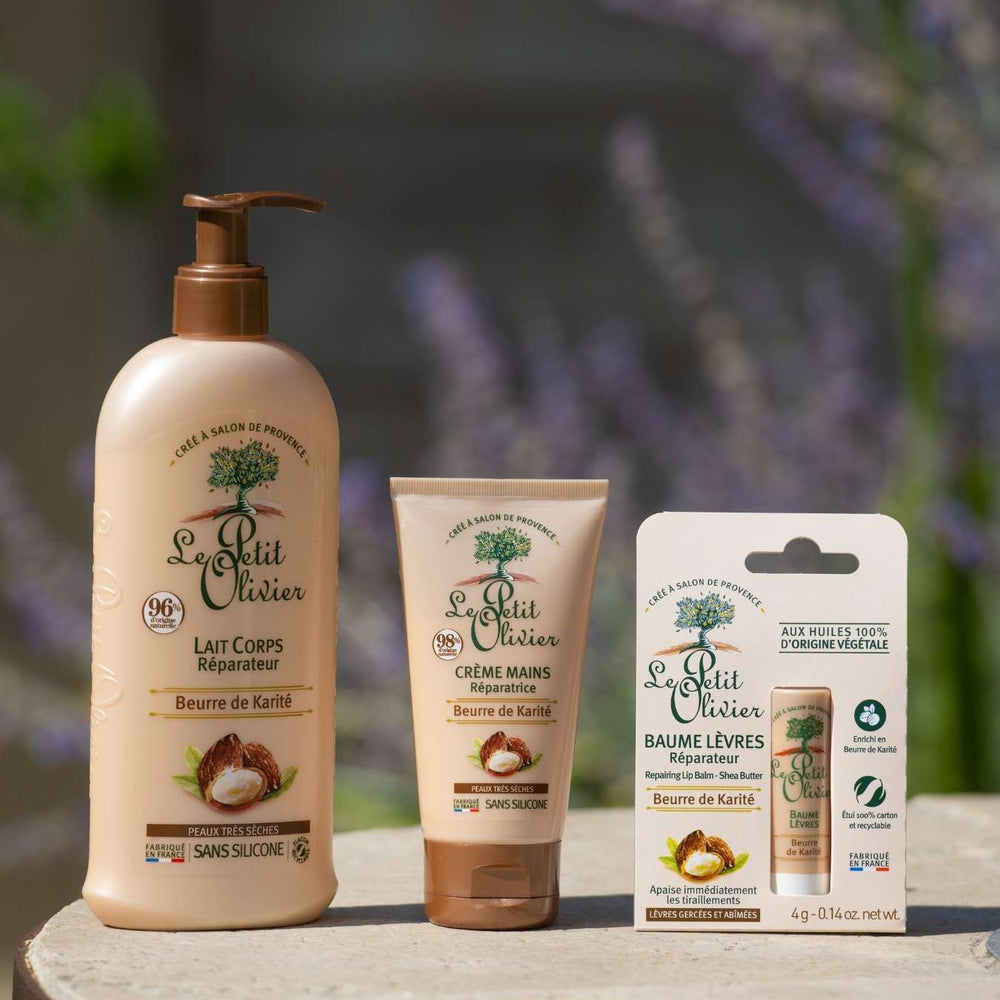Should the conditioner be applied all over the hair or just to the ends?
Using a hair conditioner is a crucial step in your hair routine, but do you know how to apply it to get the most out of your hair? This product, often perceived as a simple softener, contains active ingredients that can transform your hair. Yet the question persists: should it be applied to the whole head or just the ends? To answer this question, it's essential to understand not only the functions of conditioner and its active compounds, but also how it interacts with different hair types. Whether you have fine, fragile hair or thick, curly hair, each texture has its own requirements. By exploring the various factors influencing detangler application, we'll guide you towards optimal use.
Understanding the function of hair conditioner
Active ingredients in a hair conditioner
Hair detanglers play a crucial role in your hair routine, especially if you have fragile or difficult-to-manage hair. Its formulation is based on the use offilm-forming active ingredients, such as chitosan or cationic polymers, which envelop each strand of hair in a protective veil. These components have the ability to smooth the cuticle, reducing friction when combing and minimizing the risk of breakage.
How detanglers work on hair
Detangler's main action lies in its ability to reduce surface tension between hair fibers. When you apply this product after your usual shampoo, it quickly penetrates the hair fiber thanks to the specific active ingredients it contains. These restructuring agents strengthen and protect hair, creating a barrier against external aggressions.
Have you ever noticed how difficult it is to style wet hair? That's because water makes strands stick together. Detangler acts as a delicate lubricant, making it easier to comb without effort or pain. What's more, by improving light refraction through a smooth hair surface, it gives your hair a natural, seductive shine.
It's this combination of effectiveness and care that makes detangler an essential ally for anyone who wants to simplify their hair routine while protecting their hair from daily damage.
The different types of hair conditioner
Detanglers for fine, brittle hair
Fine, fragile hair requires special attention when choosing a conditioner. This delicate hair needs a lightweight formula that won't weigh down strands, while offering protection against breakage.
Have you ever felt that unpleasant sensation of heaviness after applying a hair care product? This may be the result of a product that is unsuited to your hair texture. To avoid this, opt for detanglers formulated with light, non-greasy agents. They soften your hair while preserving its natural volume.
What's more, these products often offer protective action against mechanical aggression, such as brushing or hot styling. This makes them an invaluable ally in your quest for silky, manageable hair.
Detanglers for thick, curly hair
Thick, curly hair presents its own challenges when it comes to detangling. Its unique texture requires a product capable of penetrating deep into the hair fiber to provide long-lasting hydration and facilitate styling. Detanglers designed for these hair types often contain emollient actives, such as natural oils or plant butters, which help soften curls without compromising their definition.
Have you noticed how hard it is to keep your curls well defined after every wash? A good detangler for thick, curly hair doesn't just loosen knots; it also helps seal moisture into the hair fiber, reducing the dreaded frizz effect.
These products are specially formulated to meet the complex needs of textured hair. By integrating these products into your hair care routine, you can expect visible results: curls that are softer, better defined and radiant with natural beauty.
Application of conditioner: the whole head or just the ends?
Benefits of all-over application
Applying detangler to the whole head of hair may seem like a no-brainer for those seeking even softness and uniform shine. By enveloping each strand, the product provides complete protection against external aggressors, such as pollution and wind. This is particularly beneficial for hair exposed to the elements on a daily basis, as it creates a protective barrier that preserves its integrity.
Have you ever noticed how much shinier and more manageable your hair looks after applying a conditioner to its entire length? That's because the detangler acts like a beneficial veil, smoothing each cuticle and reducing unwanted frizz. This method of application is ideal for those who want to maximize the silky, shiny effect of their hair while ensuring balanced hydration.
Advantages of applying only to the tips
However, concentrating the application of detangler on the ends only has notable advantages, especially for those whose scalps tend to oil up quickly. By limiting the product to the ends, you avoid unnecessarily weighing down the roots, which could make your style look flat and dull. This method is particularly recommended for those with oily roots but dry ends.
The ends are often the most vulnerable part of our hair, prone to split ends and breakage from brushing or thermal styling. By targeting this area with a detangler rich in nourishing active ingredients, you give your lengths a revitalizing treatment without compromising the natural volume close to the scalp. What's more, it saves product while ensuring that every drop is used where it's really needed.
Factors influencing the application of conditioner
Hair types and specific needs
The application of conditioner depends largely on the type of hair you have. Each hair texture has its own particular requirements, and it's essential to take these into account to maximize the product's benefits. For example, straight, straight hair, classified as type 1 in André Walker's classification, requires a different approach than curly or frizzy hair, which belong to types 3 and 4 respectively.
Do you have wavy hair that frizzes easily? In this case, a light detangler might be ideal to avoid weighing down your strands while preventing frizz. On the other hand, if your hair is thick and curly, a product richer in emollient active ingredients would be preferable to penetrate deep into the hair fiber and facilitate styling. Adapting your choice of detangler to your hair type will not only simplify your hair routine, but also preserve the natural beauty of your hair.
Climatic and environmental conditions
Climatic conditions also play a crucial role in the application of conditioner. The urban climate, with its extreme variations between intense heat and humidity, can have a considerable influence on the condition of your hair. Aggressive UV rays or dry winds can make your strands more vulnerable to external damage.
Have you ever felt that your hair was more difficult to manage after a day spent under the scorching sun or in a windy environment? That's because these external factors can alter the hair cuticle, making detangling laborious. In these situations, opting for a conditioner enriched with protective agents will help strengthen the hair's natural barrier against these aggressions.
Common mistakes when applying conditioner
Product overuse and its effects
In the quest for silky, knot-free hair, it's easy to succumb to the temptation to overuse detangler. However, over-application can lead to undesirable effects. By saturating your hair with too much product, you risk weighing down your strands, giving them a flat, dull appearance that lacks dynamism. Think of your hair as a sponge: once waterlogged, it loses its natural lightness. Likewise, too much conditioner robs your hair of its airy volume.
Have you ever noticed that your hair looks greasy or sticky shortly after washing it? This could be due to an inappropriate amount of residual conditioner building up over time. To avoid this pitfall, apply product sparingly and concentrate on areas that really need it, such as dry ends or particularly tangled sections.
Incorrect application and consequences for hair
Incorrect application of conditioner is another common mistake that can harm your hair. When the product is not evenly distributed or is applied to roots that are already greasy, it can upset the scalp's natural balance. This clumsy approach can also lead to unnecessary wastage of product without delivering the desired benefits.
To optimize the effectiveness of the detangler, start by gently wringing out your hair after shampooing so that it is not soaked before application. Next, use a wide-tooth comb to distribute the product evenly from mid-lengths to ends. By doing so, you ensure that each strand benefits fully from the nourishing active ingredients contained in the conditioner, while avoiding overloading the roots.
Practical tips for optimal conditioner application
Application techniques recommended by experts
The art of applying detangler is more than just spreading it carelessly on your hair. Experts agree that technique plays a crucial role in the product's effectiveness. Start by gently wringing out your hair with an absorbent towel after shampooing, to remove excess water without rubbing or stressing the hair fiber. Next, spray a small amount of detangler into your lengths and ends, where knots are often more numerous.
Use a wide-tooth comb to distribute the product evenly from mid-lengths to ends. This method not only detangles effectively, but also minimizes breakage. Do you think this simple gesture could transform your hair routine? By following these recommendations, you'll optimize the action of the active ingredients in the detangler, while preserving your hair's natural texture.
Tips for maximizing the benefits of conditioner
To get the most out of your conditioner, a few simple but effective tips can make all the difference. First, make sure you choose a product suited to your hair type: light formulas are suitable for fine hair, while those enriched with emollient active ingredients are ideal for thick or curly hair.
By incorporating these tips into your daily hair routine, you may find that your hair becomes not only more manageable, but also more resistant to external aggressors.
We recommend these other pages:
